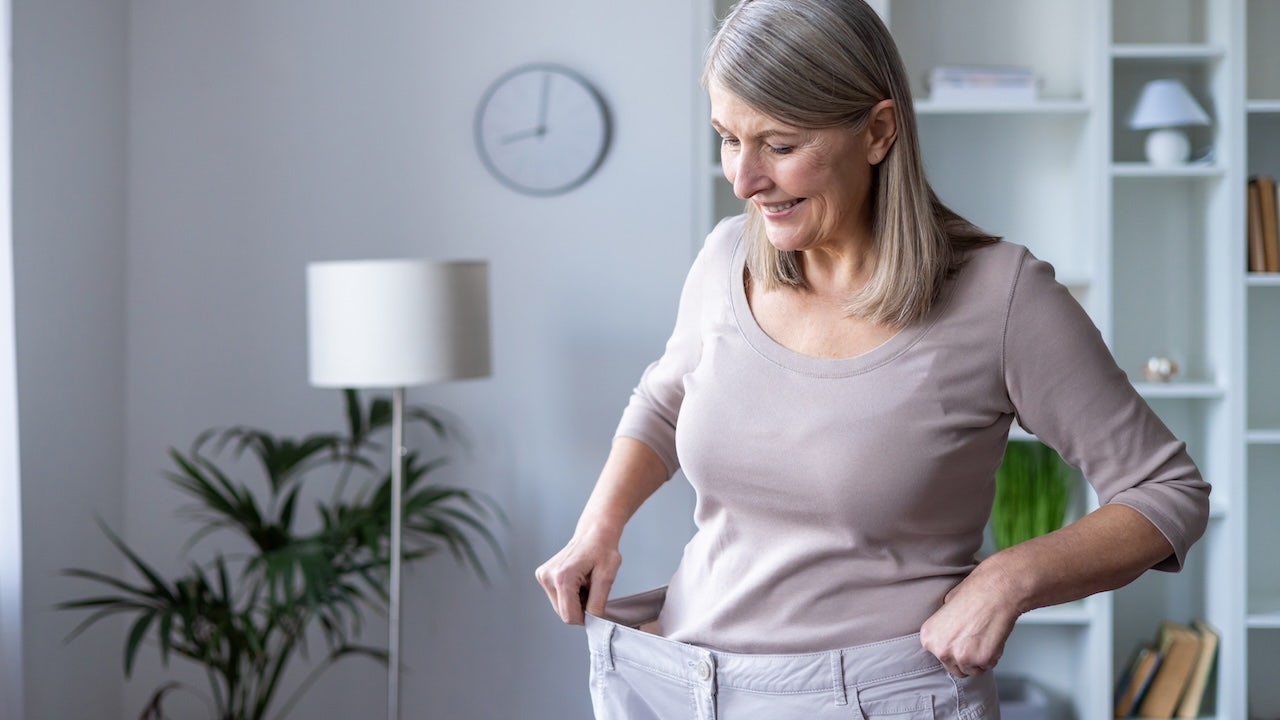Athletes’ injury risk altered by menstrual cycle, research indicates

Canadian coxswain Kristen Kit has had a remarkable career representing Canada in the women’s eight boat, earning two Olympic medals along the way. Despite her success, Kit has never taken a day off for her menstrual cramps in her 16 years on the national team.
In a recent interview with CBC Sports, Kit expressed her astonishment at the lack of attention given to menstrual cycle-related issues in the world of Olympic sports. She emphasized the need for more awareness and support for female athletes, especially when it comes to the potential impact of hormonal changes on their performance and risk of injury.
Recent research from the University of Vigo in Spain has shed light on how a woman’s hormonal fluctuations during her menstrual cycle could lead to altered biomechanics and movement patterns, increasing the likelihood of injuries. This study underscores the importance of addressing the specific needs of female athletes in training programs, injury prevention strategies, and recovery protocols.
Joanna Blodgett, a Canadian researcher specializing in female athlete health, highlighted the lack of focus on women in sports science research, with only six percent dedicated exclusively to female athletes. This oversight has resulted in training programs and strategies primarily designed for male athletes, leaving female athletes vulnerable to potential injuries.
One significant finding from the research is that female athletes have a higher risk of injury during the luteal phase of their menstrual cycle, which occurs in the five days leading up to menstruation. Kit shared her personal experience of suffering injuries, such as twisting her ankle or shattering her collarbone, just days before getting her period.
Margo Adam, an expert on menstrual function in female athletes, emphasized the distractions and challenges that women face during their periods, affecting their focus and performance in sport. She stressed the need for more research to understand the influence of the menstrual cycle on injury risk and to develop tailored strategies for female athletes.
The link between menstrual cycle and injuries has gained recognition in the world of soccer, with players like Cloé Lacasse and Tierna Davidson experiencing ACL tears. FIFA has allocated funding for research on the connection between menstrual cycle and ACL injuries in women’s football, aiming to improve training, recovery, and medical care for female athletes.
Canadian soccer veteran Desiree Scott expressed her support for the research initiative, highlighting the importance of understanding how menstrual cycle affects performance and injury risk. She emphasized the use of menstruation tracking apps to optimize energy levels and performance for female athletes.
Overall, the call for more research and tailored approaches for female athletes is crucial for promoting career longevity and performance excellence. By addressing the specific needs and challenges faced by women in sports, we can create a more equitable playing field and support the success of female athletes in Olympic sports.




